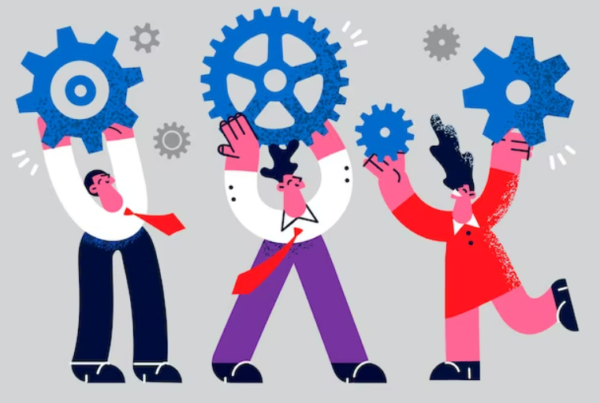Communication
Building a High Performing Team through effective communication is challenging. Only when your listener understands what you’re saying, you’ve successfully conveyed your thoughts. Simple in concept but difficult in practice. Like other soft skills such as active listening, empathy and respect and honesty and justice and patience and self-discipline, communication will always be an aspirational skill that no one can achieve perfection in.
Patience
Communication is a skill that is always aspired to because of the total demands of speaking and listening to the words, watching the gestures, and intentional comprehension of all that is said and unsaid. Team leaders, coaches, and supervisors who are responsible for motivating their teams toward project goals would benefit from this information. Communication with your team, especially with those members who are underperforming, is critical. The team may see you as domineering and bossy if you raise your voice, and this is not the impression you want to create.
Respect
When a leader does not ask for and wait for feedback from his or her team members, he or she is dominating and I believe that is a subtle way to detect an inept leader. One should not confuse the team by yelling and being clumsy in their wording when communicating goals.
Collaborate
Trying to collaborate with your coworkers can instill a great deal of respect in your communication. Every project requires 90% of its success to be attributed to effective communication. From contract negotiation to project implementation, the importance of effective communication between buyers and sellers and between project managers and their teams should be taken into account. Projects that are structured by buyers and sellers, such as those in the traditional model, tend to be riddled with misconceptions from the start because everything is documented. Changes to project charters are frowned upon. As a project management strategy, this has shown to be ineffective. The reason behind this is that at the outset of a project, the details of what needs to be done can be hazy. At this early point, there are a lot of assumptions and a lot of unknowns. Without good communication and collaboration between team members and management, there could be a gap in understanding.
Encouraging Open Dialogue
Everyone (management, team members, and the leader) believes that they have a shared understanding of the project scope and technical requirements to be adopted for its execution, until the end when the management is wondering what has been built and the team is wondering why the management isn’t taking it. In order to collaborate effectively with your coworkers, you must constantly communicate with management, get feedback, and iterate on the project scope and execution techniques until all parties are clear on what the final result will look like.
Tuckman: Forming, Storming, Norming and Performing
As a manager or team leader in a high-performing organization, you must be able to change your communication style to match any given situation. There are four stages of team development outlined by Bruce Tuckman, an American psychologist (1938-2016).
Forming
Forming As the storming stage begins, the crew gains some experience. Commitment is frequently minimal at this level because of the number of disagreements that occur. There is a wide range of commitment and competency among team members as they begin to form a cohesive unit. During this stage, the team members are learning to work together peacefully. During the Tuckman’s stages of team development, the team’s competency and commitment levels are at their highest. The team leader’s communication style must change at each of these levels. The early stages of team building can benefit from a directed leadership style. Team leaders should communicate in a way that makes it crystal obvious what has to be done. The team’s issues can only be discovered by direct questioning from the leader. In order to keep morale up at this critical time, his or her general communication must be modified to a less-than-competent staff.
Storming
In the storming period of a team’s development, there is a lot of arguing and arguing and arguing. To avoid hurting the team’s connections, team leaders should take an approach similar to that of a coach, but without being a mollycoddler or a bully.
Norming
At the norming stage, when the team becomes self-directed, the team leader’s investment begins to manifest. Using a supportive leadership style, he communicates the need of not deviating from his or her team’s established norms. A consensus-driven approach and community ownership of deliverables begin to take shape at this point.
Performing
The team leader should delegate authority to the group during the performance phase. Communication and leadership should not be conducted in a manner that is obnoxious. A high-performing team is one that is self-administered and empowered. In order for the team leader to be effective, he or she must modify his or her communication style to that of delegating leadership. He clearly conveys the tasks and problems that need to be completed, and he has faith in his team to carry them out. People management should be approached with a more liberal, or laissez-faire, approach. It’s important for companies to invest in the abilities of their personnel, especially team leaders who must adjust their communication skills to the leadership styles required at each level of team development. Team leaders must identify novices, advanced beginners, competent, proficient, and expert members of their teams and use the best means of communication with them, while guiding, coaching, assisting, and delegating as necessary.




